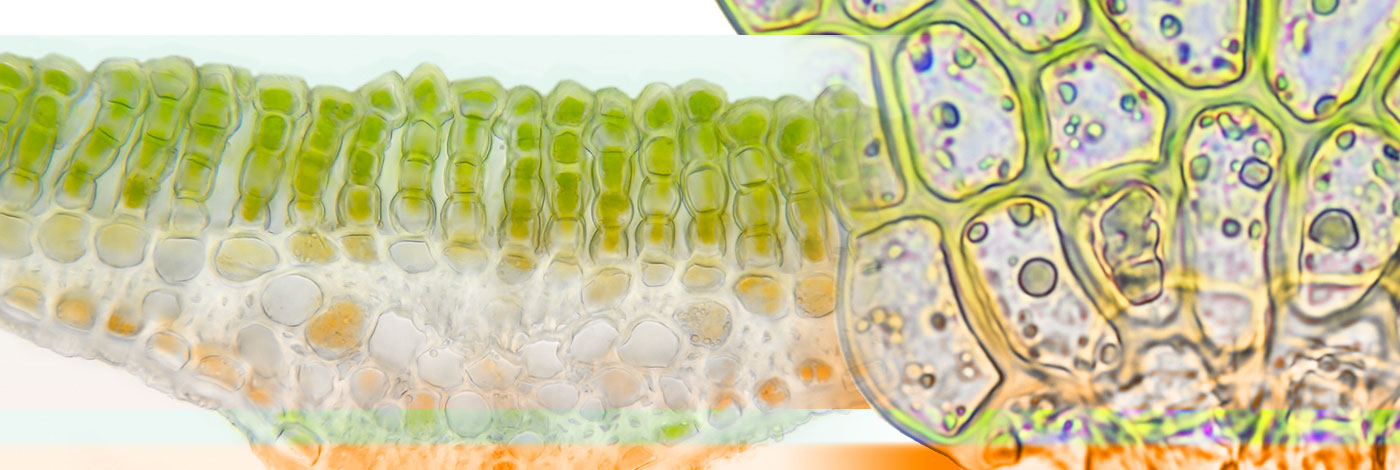
 Cryptogamie, Bryologie
24 (4) - Pages 341-366
Cryptogamie, Bryologie
24 (4) - Pages 341-366Recent finds of Jamesoniella undulifolia in the Massif Central allowed the authors to make a better approach to the ecological requirements of this sporadic species. Indeed, it had not been found in France for over 50 years.This work was carried out in several départements of the following Regions :Auvergne, Languedoc-Roussillon and Rhône- Alpes. The stress is put on the pioneer status of the taxon by studying its behaviour from the hill level to the sub-alpine one. The study of Sphagnum hummocks shows that the conservation conditions and vitality of this living substrate totality rule the spreading of the Jamesoniella population. A theoretical model of the dynamics of Jamesoniella undulifolia populations is suggested. This is based on the synchronous variation of Sphagnum growth together with the spreading of liverworts. On the basis of this large amount of new data, the French current distribution of Jamesoniella undulifolia is proposed, and its altitudinal affinity and local distribution are underlined. Antheridial structure and phenotypic flexibility are investigated thanks to the occurrence of both sterile and sporophyte-bearing populations.A high number of bryosociologic relevés carried out in about that fifteen stations made it possible to propose a very original new bryologic association. Jamesonielletum undulifoliae belongs to the class of Mylietea anomalae, a bryosociologic class made up of communities of colonizing liverworts at the pioneer stage that stread over living Sphagnum populations, beginning with their growth phase and ending with their withering phase. Major threats are the intensification of farming practices (overgrazing, draining…) and general decrease of peaty areas due to human activities. The occurrence and the way in which those populations are able to grow may afford a good biocoenotic signal of the state of conservation of peat bogs, mostly at the medium mountain level.